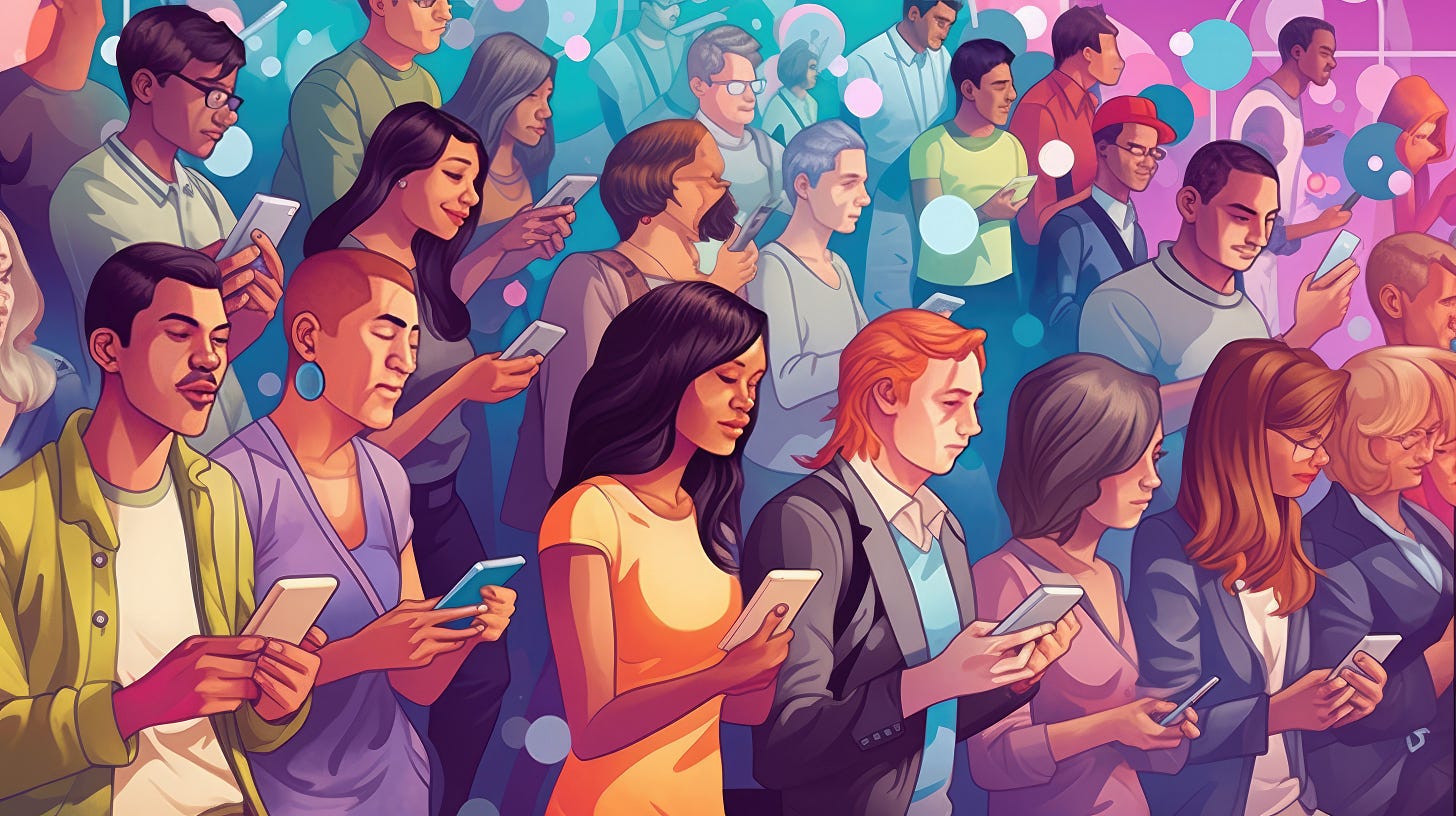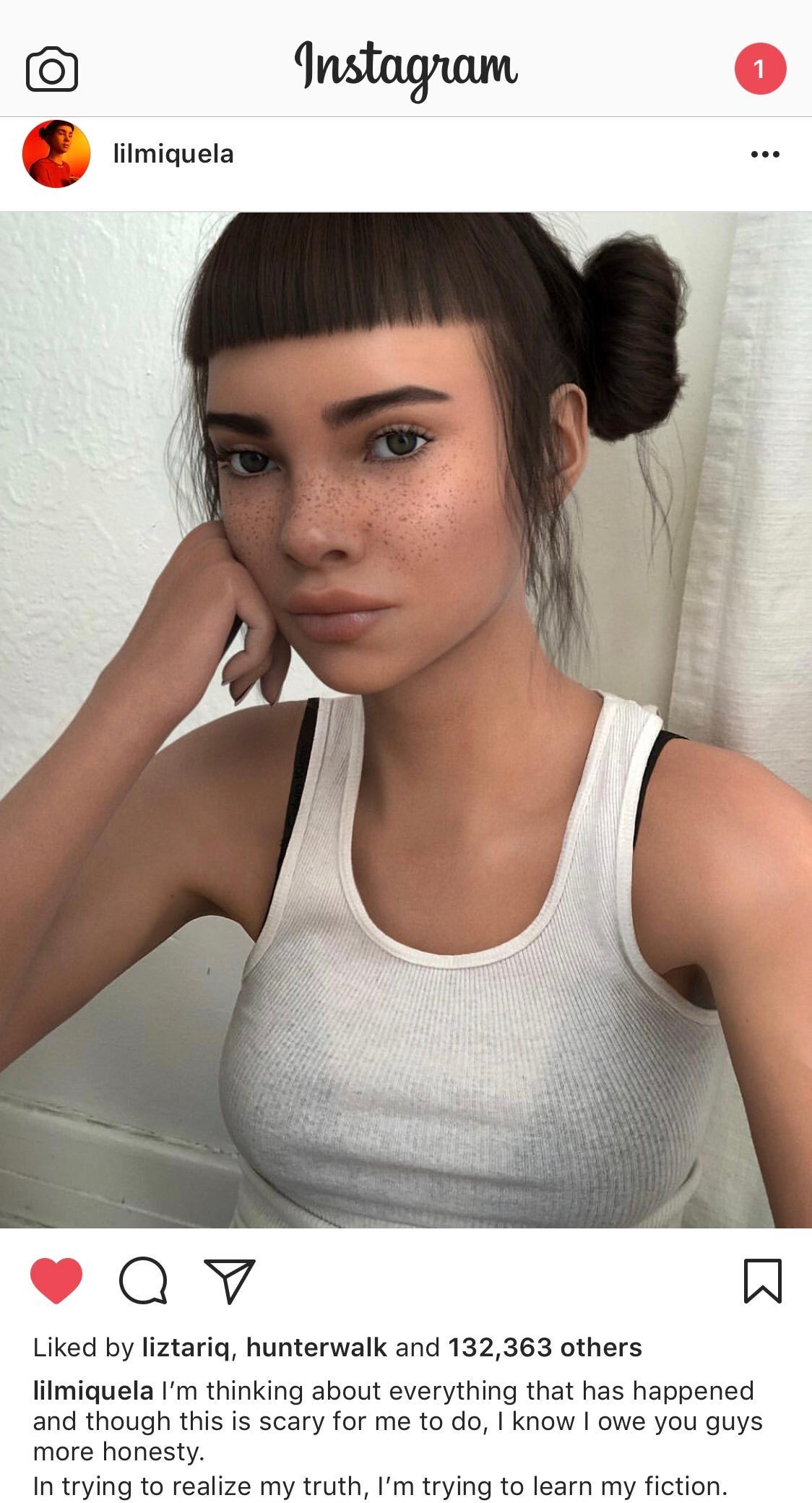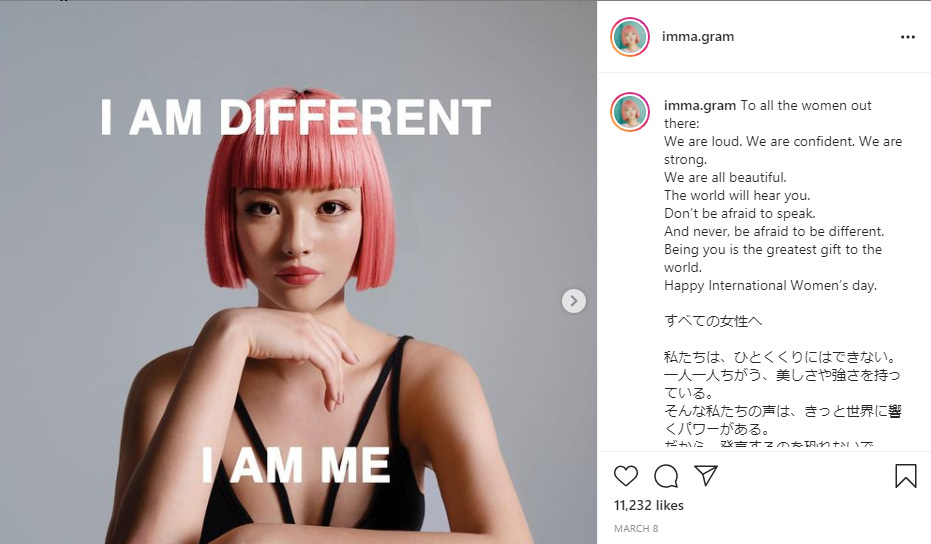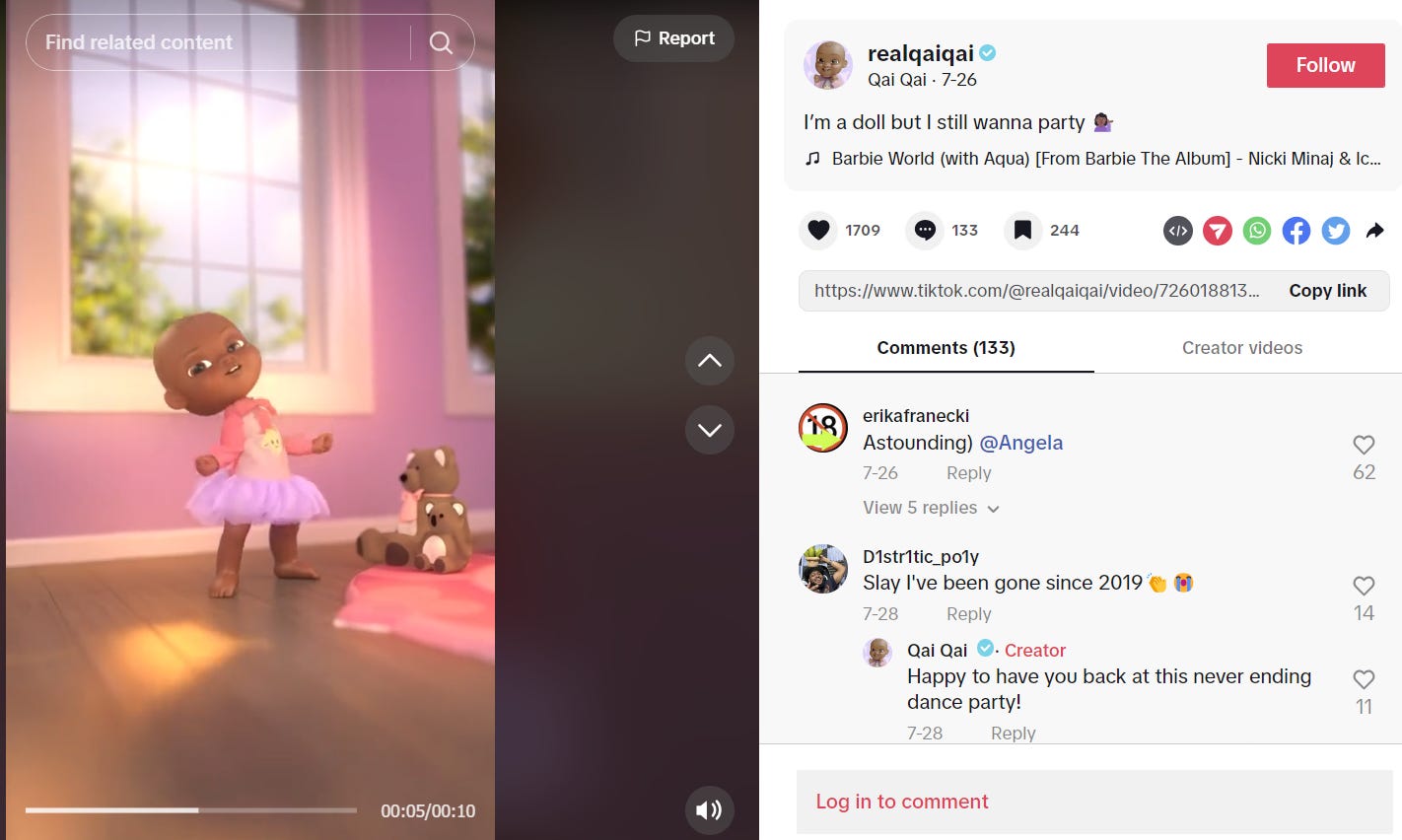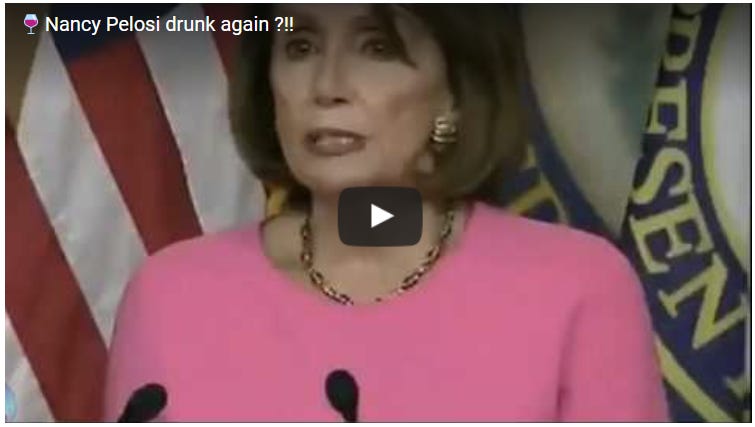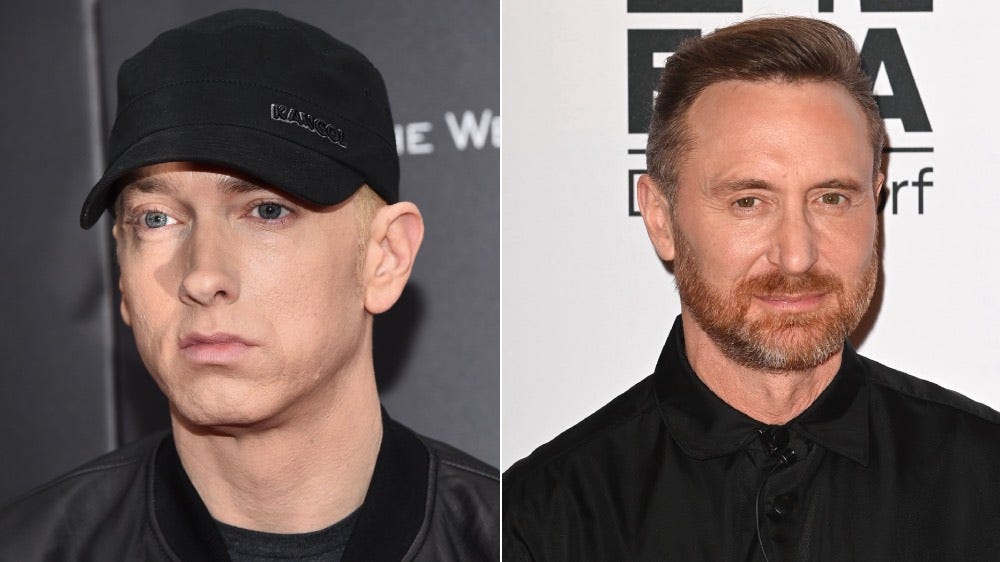Issue 003: Navigating the World of Virtual Influencers and Deepfakes
🌐✨💪Where Virtual Reality meets Digital Influence
Bi-weekly writing about cultural shifts and next-generation start-ups building for the ‘consumer of tomorrow’. If you haven’t subscribed, join other like-minded future-forward thinkers by subscribing here:
TL;DR:
Virtual Influencers & Deepfakes: At the intersection of advanced technology and digital media lie virtual influencers—algorithmically crafted personalities—and deepfakes, synthetic media that convincingly swaps one's likeness with another's, both challenging and revolutionizing traditional content creation.
Opportunities for Brands: Virtual influencers offer brands targeted marketing, consistent branding, cost-efficiency, and global reach, while deepfakes present potential in areas like film production and interactive campaigns.
Challenges in Adoption: Navigating the virtual influencer realm involves confronting concerns about authenticity, audience skepticism, and ethical considerations. Deepfakes further complicate the landscape with issues of misinformation and trust erosion.
Navigating the Future: As brands venture deeper into the digital domain, striking a balance between leveraging innovative opportunities and maintaining genuine connections with audiences becomes paramount. The journey requires both embracing the allure of digital marvels and acknowledging the weight of responsibility.
🌐 Meeting at the Intersection of Virtual Reality and Digital Influence
In the ever-evolving landscape of digital media, two phenomena have recently taken center stage: virtual influencers and deepfakes. While they tread on the cutting edge of technology, they also wade into uncharted waters of ethics, authenticity, and brand strategy.
Virtual influencers, digital personas sculpted by intricate algorithms and deft artistry, are making waves on social media platforms, presenting brands with unique opportunities for targeted marketing campaigns. Their digital nature offers unparalleled control and flexibility, from tailored endorsements to multilingual capabilities.
On the other side, deepfakes —synthetic media where individuals' likenesses are convincingly replaced— raise the stakes in the game of misinformation, with the potential to revolutionize film production or shake the very pillars of trust in visual content. These digital marvels represent both the pinnacle of modern marketing potential and a maze of challenges for brands. From grappling with audience skepticism to navigating ethical dilemmas, brands stand at the precipice of a new era, balancing the allure of innovation with the weight of responsibility.
✨ What is a Virtual Influencer?
A virtual influencer is a digitally created persona or character that exists primarily on social media and other digital platforms. These virtual beings leverage the power of computer graphics, artificial intelligence, and other digital tools to create content much like human influencers do. They can post photos, videos, and other updates, collaborate with real-life brands, and amass significant followings on platforms like Instagram, YouTube, Twitter, and more.
Key characteristics of virtual influencers:
Digital Origins: Unlike human influencers, virtual influencers are entirely crafted from digital software. Their appearance, voice, and even personality can be tailored and adjusted based on preferences or requirements.
Consistency: Since they are digital creations, virtual influencers don’t age, get tired, or have personal crises, which means they can maintain a consistent brand and image indefinitely.
Flexibility: These influencers can be placed in any setting, wear any outfit, or travel anywhere in the virtual world instantly. They offer creative possibilities that are sometimes impossible or highly impractical for real humans.
Control: Brands often find virtual influencers appealing because they have more control over the influencer’s actions, narrative, and image. There's no risk of them causing a scandal or behaving unpredictably.
Controversy: There are concerns about the rise of virtual influencers. Critics argue that they might set unrealistic beauty and lifestyle standards, just as some believe human influencers do. Moreover, since these influencers aren't "real", they don't have genuine experiences or emotions, leading to questions about authenticity.
Some of the most popular virtual influencers include:
Lil Miquela: A virtual influencer with millions of followers, known for her unique style and collaborations with various brands and causes. She was featured on TIME Magazine’s “25 Most Influential People on the Internet.” On Instagram, Miquela builds a persona of a singer, activist, and fashion model. Her brand partnerships include Calvin Klein, Prada, Samsung, and Coachella.
Imma: The first Japanese virtual supermodel. While others don’t often address their “robotness”, Imma shows a persona of questioning her own existence with the hashtag #ithinkimcgi. She has worked with big brands like Valentino, Amazon, Calvin Klein, Porsche Japan, Dior, Puma, and Nike.
Qai Qai: Qai Qai is the virtual generation of Serena Willians and Alexis Ohanian's daughter’s doll created by Invisible Universe. Being a baby doll, Qai Qai is funny and sassy, making everyone interested in following her. On TikTok, Qai Qai is more famous, gathering 4.5 million followers. She dances, answers questions, lip-syncs to sounds, and just simply entertains.
It's worth noting that the line between reality and virtual reality blurs with these influencers. While they might appear lifelike, they are products of digital artistry and sometimes AI, and behind each of them is a team of creators and strategists driving their narrative.
🎭 What is a Deepfake?
A "deepfake" refers to a synthetic media, typically video but can also be audio or photos, in which a person's likeness is replaced with someone else's likeness, making it appear as if the person is doing or saying something they never did. The term "deepfake" is derived from "deep learning" (a subset of machine learning) and "fake", indicating that these alterations are made using advanced neural network methodologies.
Deepfakes leverage techniques from machine learning and artificial intelligence, particularly generative adversarial networks (GANs), to produce lifelike content. Here's a simplified breakdown of the process:
Training: A GAN consists of two parts: a generator and a discriminator. The generator creates images, while the discriminator evaluates them. The two work in tandem, constantly refining the output until the generated image is nearly indistinguishable from real images. This requires a lot of data, meaning many images or videos of the target person.
Creation: Once trained, the generator can produce altered images or video frames that can be compiled to make a deepfake video.
Deepfakes can be impressive in their realism, which leads to various concerns:
Misinformation: There's potential for deepfakes to spread false information. Imagine a fabricated video of a political leader declaring war or a celebrity supposedly admitting to a crime.
Privacy Violations: People can be placed in compromising or embarrassing situations without their consent, leading to potential blackmail or reputational damage.
Legal and Ethical Challenges: The technology prompts questions about consent, intellectual property rights, and the authenticity of digital content.
Trust in Media: As deepfakes become more prevalent and convincing, trust in video and audio content may erode, leading people to question the veracity of even genuine recordings.
Some of the more public deepfake scandals include:
U.S. Politics: In May 2019, a video of Nancy Pelosi went viral. The clip featured an AI-altered version of the House Speaker drunkenly garbling at an official event. She is seen accusing the former US president of a “cover-up” at a Center for American Progress event. Her speech has been noticeably slowed down.
False Music Collaborations: The French DJ David Guetta shared a video of him playing a song during a show that used AI technology to add the voice of rapper Eminem to one of his songs. “This is the future rave sound, I’m getting awesome and underground”, said Guetta.
Corporate Robbery: In March 2019, fraudsters called the CEO of a British energy company posing as his German boss. They used algorithms to mimic the boss’ mild German accent over the phone. The British CEO had no reason to suspect foul play. The criminals asked him to send over $240,000 to a Hungarian supplier, claiming it was an urgent transfer that needed to be completed within the hour. It was only when they phoned again, requesting a second payment, that he became suspicious.
It's worth noting that there are also potential positive applications for deepfake technology. For example, in film production, deepfakes can be used for de-aging actors, recreating deceased actors for a role (with ethical considerations and permissions), or language dubbing that maintains an actor's lip movements in sync with the dialogue.
To counteract malicious uses of deepfakes, researchers and companies are developing detection methods and tools to identify altered content. However, it's a continuously evolving cat-and-mouse game, with both creation and detection techniques advancing side by side.
📈 Market Opportunities and Challenges for Brands Using Virtual Influencers
Virtual influencers present unique opportunities for brands in various sectors. Their appeal stems from the controlled and tailored image, narrative, and message delivery they offer. Here are some potential opportunity areas for brands to leverage virtual influencers:
Targeted Brand Endorsements: Since virtual influencers can be crafted to appeal to specific demographic segments, brands can collaborate with or create virtual influencers that resonate perfectly with their target audience.
Product Launches: A virtual influencer can be customized to align perfectly with a new product's aesthetics and messaging, ensuring a seamless integration of product promotion and influencer branding.
Global Reach: Virtual influencers can be designed to appeal to global audiences, removing linguistic or cultural barriers. They can be made multilingual and can adapt to different cultural contexts, making global campaigns more effective.
Fashion and Beauty: Virtual influencers can showcase an endless array of outfits, hairstyles, or makeup looks without the logistical challenges of traditional photoshoots. Brands can display different styles or products in a controlled environment.
Engaging Storytelling: The narratives around virtual influencers can be as wild or innovative as the creators want. This allows brands to craft compelling storylines or campaigns that might be challenging with human influencers.
Consistent Branding: Human influencers can be unpredictable and might act in ways that clash with a brand's image. Virtual influencers offer more control and consistency in representation.
Longevity and Timelessness: Virtual influencers don't age, ensuring a consistent brand image over time. They can represent a brand for years or decades without changing their appearance.
Risk Mitigation: There's no risk of virtual influencers getting involved in personal scandals or controversies, ensuring brand safety.
Digital and Virtual Reality Integration: As the world of virtual reality (VR) and augmented reality (AR) grows, virtual influencers can play a part in these spaces, interacting with users in ways human influencers can't.
Interactive Campaigns: With the integration of AI, virtual influencers can potentially engage with followers in real time, responding to comments or questions, or even participating in live chats.
Cost Efficiency: Over time, and especially for ongoing campaigns, virtual influencers might prove to be more cost-effective than human influencers, especially high-profile ones.
Cross-industry Collaborations: Virtual influencers can seamlessly bridge multiple industries, from fashion to gaming to music, allowing for innovative collaborations.
However, while there are numerous opportunities, brands must also consider the challenges and potential drawbacks. The concept of virtual influencers remains controversial to some who feel they lack authenticity. It's crucial for brands to approach collaborations with transparency and ethical considerations in mind.
While virtual influencers present unique opportunities, they also come with a set of challenges for brands to consider:
Lack of Authenticity: A significant concern is that virtual influencers lack the genuine experiences and emotions that human influencers bring. This absence of authenticity can be a turnoff for audiences who value real and relatable content.
Audience Skepticism: Given their digital nature, some audience members may distrust or discount endorsements from virtual influencers, believing they don't offer genuine opinions or testimonials.
Ethical Concerns: The use of virtual influencers can raise ethical questions. For example, if a virtual influencer promotes health and wellness, it might be seen as misleading since they don't have a physical body or health.
Relatability: While virtual influencers can be crafted to target specific demographics, they might not resonate as deeply with audiences compared to real influencers who share personal stories, challenges, and experiences.
Reputation Management: If the audience feels that a virtual influencer is a mere commercial ploy, it might backfire on the brand's image. Brands have to ensure their virtual influencers don't appear overly commercialized.
Technical Challenges: Creating a high-quality, believable virtual influencer requires significant expertise in areas like 3D modeling, animation, and sometimes artificial intelligence. This can be resource-intensive.
Rapid Technological Changes: The tech behind virtual influencers is evolving. Brands need to be ready to adapt and update their virtual characters to keep up with advancements and audience expectations.
Oversaturation: As more brands potentially start using virtual influencers, there's a risk of the market becoming oversaturated, leading to reduced impact and differentiation.
Legal Gray Areas: There may be uncertainties regarding rights, likenesses, and intellectual property, especially if the virtual influencer resembles a real person or another digital entity.
Audience Segmentation: Not all audience segments might be receptive to virtual influencers. While younger, tech-savvy audiences might be more accepting, older demographics might prefer traditional influencers.
Emotional Disconnect: While virtual influencers can convey emotions through design and animation, they inherently lack genuine emotions. This absence can be a limitation in campaigns where deep emotional connections are pivotal.
Long-term Strategy: While virtual influencers don’t age or change, audiences do. Brands need to consider how they will adapt their virtual influencer strategy over time to maintain relevance.
Incorporating virtual influencers into a brand's marketing strategy requires careful planning and consideration of both the potential benefits and challenges. Balancing innovation with authenticity will be crucial to successfully leveraging this new form of influencer marketing.
🎁 Sooo let’s wrap it up…
In the swiftly shifting digital landscape, virtual influencers and deepfakes stand as twin pillars of promise and perplexity. These marvels of modern technology grant brands unprecedented opportunities for tailored marketing, consistent branding, and a truly global presence. Yet, they simultaneously present challenges, weaving together threads of authenticity concerns, audience skepticism, and ethical dilemmas. The journey through this digital frontier demands that brands not only harness the power of these tools but also tread with discernment.
The ultimate objective isn't just about leveraging cutting-edge innovations; it's about understanding the profound impact on trust, connection, and societal perceptions, ensuring that the bridge between the digital and real worlds remains anchored in authenticity and responsibility.


